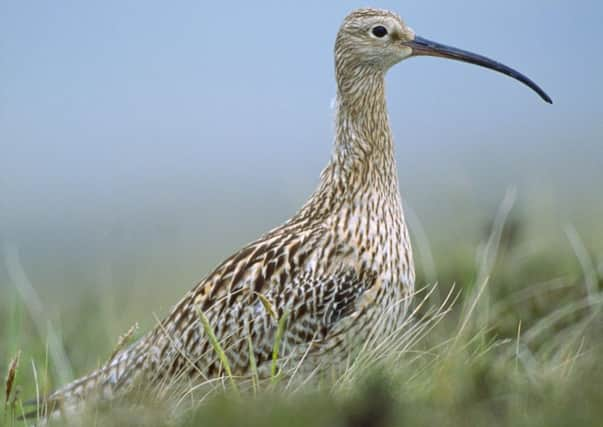Steep curlew decline sparks battle to stop extinction


Recent studies have shown an alarming drop in curlew numbers, with populations across the UK falling to nearly half what they were 20 years ago.
The findings have prompted conservationists to move the bird, Europe’s largest wader, to the list for species facing the greatest risk of extinction.
Advertisement
Hide AdAdvertisement
Hide AdNow they are calling for urgent action to save the distinctive bird, which is found in upland areas across Scotland and other parts of the UK.
They say a co-ordinated recovery programme is needed to safeguard its survival.
Globally the species is already ranked as “near threatened” by the International Union for Conservation of Nature.
The UK is an important stronghold for the waders, being home to 27 per cent of the total worldwide population.
Currents estimates suggest around 68,000 breeding pairs remain, with a notable proportion in the Scottish uplands.
Lead author Dan Brown, conservation adviser with RSPB Scotland, said: “To see curlew populations falling so drastically is a major concern.
“We are responsible for more than a quarter of the world’s population in the UK, so the large declines currently occurring may be having a big impact on the global population. On this basis, the curlew emerges as our highest priority species from a global perspective.”
The new Birds of Conservation Concern report has revealed worry trends for many of the UK’s 244 bird species, with more red-listed than ever before.
Advertisement
Hide AdAdvertisement
Hide AdThe latest assessment puts 27 per cent of all the country’s birds on the red list, with the number in the “highest conservation concern” category leaping from 52 to 67 in the past six years.
As well as the curlew and other upland species, three of Scotland’s internationally important seabirds have also been moved to the red list for the first time after surveys showed dramatic declines affecting puffins, kittiwakes and shags.